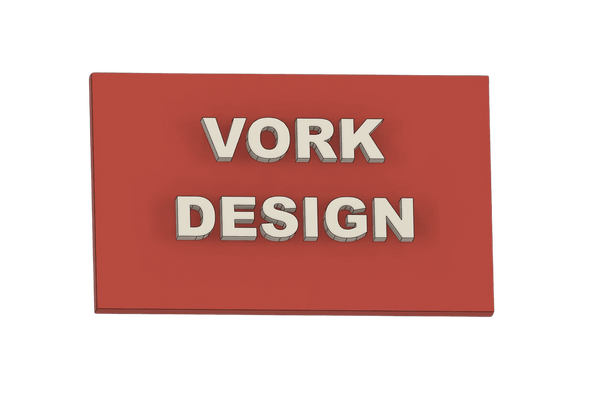The Sustainability of 3D Printing: Reducing Waste and Building a Greener Future
3D printing has emerged as a powerful tool not only for innovation but also for promoting sustainability. By leveraging this technology, industries can reduce plastic pollution, prototype efficiently, and embrace recyclable materials. Let’s explore the various ways 3D printing contributes to a greener planet, and find out how we produce our Milwaukee Packout Inserts!
Reducing Plastic Pollution
Traditional manufacturing often generates significant material waste due to cutting, milling, and other subtractive processes. In contrast, 3D printing is an additive process, which means materials are used only where needed. This drastically reduces waste and minimizes the environmental impact. Additionally:
-
Precise Material Use: Only the exact amount of filament is used, leaving minimal excess.
-
Recycling Opportunities: Leftover or failed prints can be shredded and reused in some systems, promoting a circular economy.
-
Localized Production: 3D printing enables production closer to end-users, reducing the carbon footprint associated with transportation.
Prototyping Before Mass Production
One of the key benefits of 3D printing is its ability to create prototypes quickly and affordably. This reduces the need for mass production of components that might otherwise become waste. Key advantages include:
-
Iterative Design: Engineers and designers can test and refine components before committing to large-scale manufacturing.
-
Less Waste in Trial Runs: Prototype testing helps identify flaws early, eliminating the need for large-scale corrections.
-
Cost Savings: Companies save resources and avoid unnecessary material use during the R&D phase.
Recyclable and Eco-Friendly Materials
The 3D printing industry is increasingly adopting materials that are biodegradable, recyclable, or derived from renewable resources. For example:
-
PLA (Polylactic Acid): A biodegradable filament made from corn starch or sugarcane.
-
Recycled PETG: A more sustainable version of PETG that uses post-consumer plastics.
-
Developing Innovations: Ongoing research is exploring algae-based filaments and other sustainable materials to further reduce environmental impact.
Efficient Prototyping for Small and Large Projects
3D printing isn’t just for small-scale projects. Its versatility allows it to be used across a wide range of applications, from intricate jewelry designs to large architectural models. This flexibility makes it an efficient tool for:
-
Small-Scale Precision: Creating detailed parts with minimal waste.
-
Large-Scale Efficiency: Printing components for construction or manufacturing that reduce the need for traditional, waste-heavy methods.
-
Custom Solutions: Tailoring products to specific needs, reducing overproduction, and avoiding surplus inventory.
Faster Prototyping, Faster Innovation
By enabling rapid prototyping, 3D printing accelerates the innovation process. This reduces the time and energy spent on developing products, further contributing to sustainability:
-
Energy Efficiency: Faster iterations mean fewer resources are consumed.
-
On-Demand Manufacturing: Items are produced only when needed, reducing storage costs and waste.
-
Multi-Industry Applications: From healthcare to automotive industries, faster prototyping leads to quicker adoption of sustainable practices.
Conclusion: Building a Sustainable Future with 3D Printing
3D printing is revolutionizing how we think about production and sustainability. By reducing waste, embracing recyclable materials, and enabling efficient prototyping, this technology paves the way for a greener future. Whether you’re a designer, manufacturer, or hobbyist, 3D printing offers endless opportunities to innovate responsibly.
Curious about how 3D printing can support your sustainability goals? Visit Packout Insert by Vork Design to learn more about our eco-friendly practices and innovative solutions.






